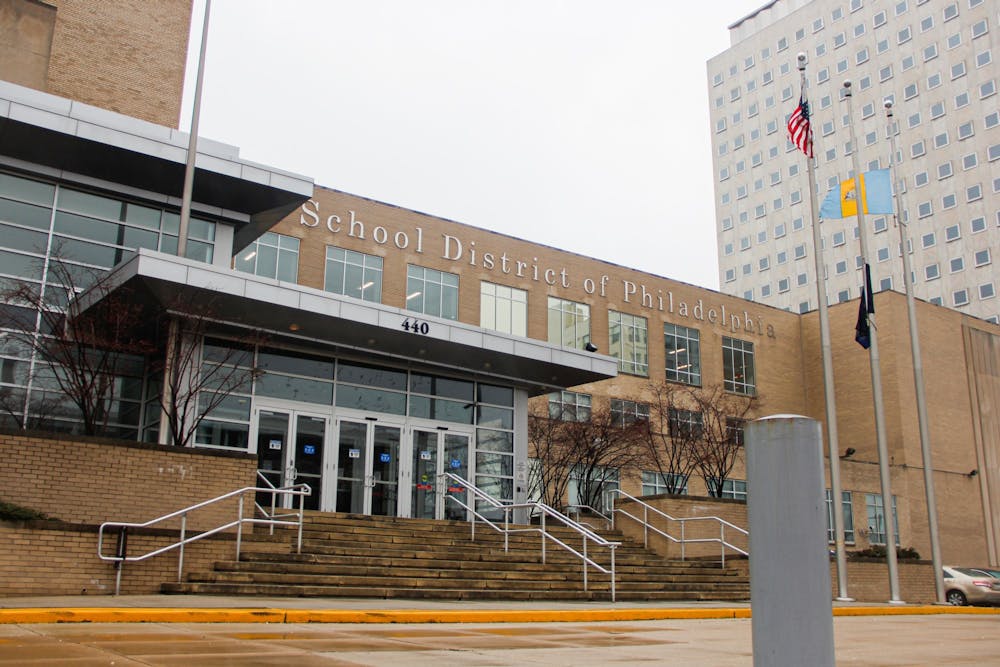
The School District of Philadelphia received a $5 million grant from the Environmental Protection Agency to expand access to clean water, the District announced on Friday.
The money, which comes from the Water Infrastructure Improvements for the Nation Act, will cover the installation of 755 filtered hydration stations in school buildings and will also pay for kitchen sink filters and water sampling, as well as training about drinking water safety.
The announcement follows a PennEnvironment Research & Policy Center study from February about lead contamination in Philadelphia public schools. Based on publicly available data, 61% of the outlets tested in the district contained lead and 98% of schools detected lead in at least one tap.
“Schools should be safe places where our kids go to learn, achieve, and grow up to be productive citizens in society,” PennEnvironment Executive Director David Masur said to The Philadelphia Tribune. “Instead, our study shows the pervasive threat of lead in drinking water faces Philadelphia kids when they enter our school buildings.”
After the report, City Councilmember and Penn graduate Helen Gym introduced legislation for the installation of modern water filtration systems in schools. The bill passed unanimously in June, setting a 2025 deadline for the district to remove lead from its drinking water.
Over 1,500 filtered hydration stations are currently in place across the city’s 216 schools, according to The Philadelphia Inquirer. The District aims to install one station per 100 students, and at least one on every floor of every school building.
The District announced that the grant will fund a partnership with the environmental engineering firm Terraphase Engineering. Over the next four years, Terraphase will work to install hydration stations, test all outlets in the district, and fix outlets that contain more than 10 parts per billion of lead — a stricter standard than the EPA’s action level of 15 parts per billion.
“We are grateful to the EPA for its confidence in our plan for installing additional hydration stations to improve environmental safety in our schools,” Superintendent Tony B. Watlington Sr. said to the district. “This grant will allow us to expand and accelerate this important work to reduce risk and keep our students well hydrated, which is so important for growing, healthy minds and bodies.”
The Daily Pennsylvanian is an independent, student-run newspaper. Please consider making a donation to support the coverage that shapes the University. Your generosity ensures a future of strong journalism at Penn.
Donate







